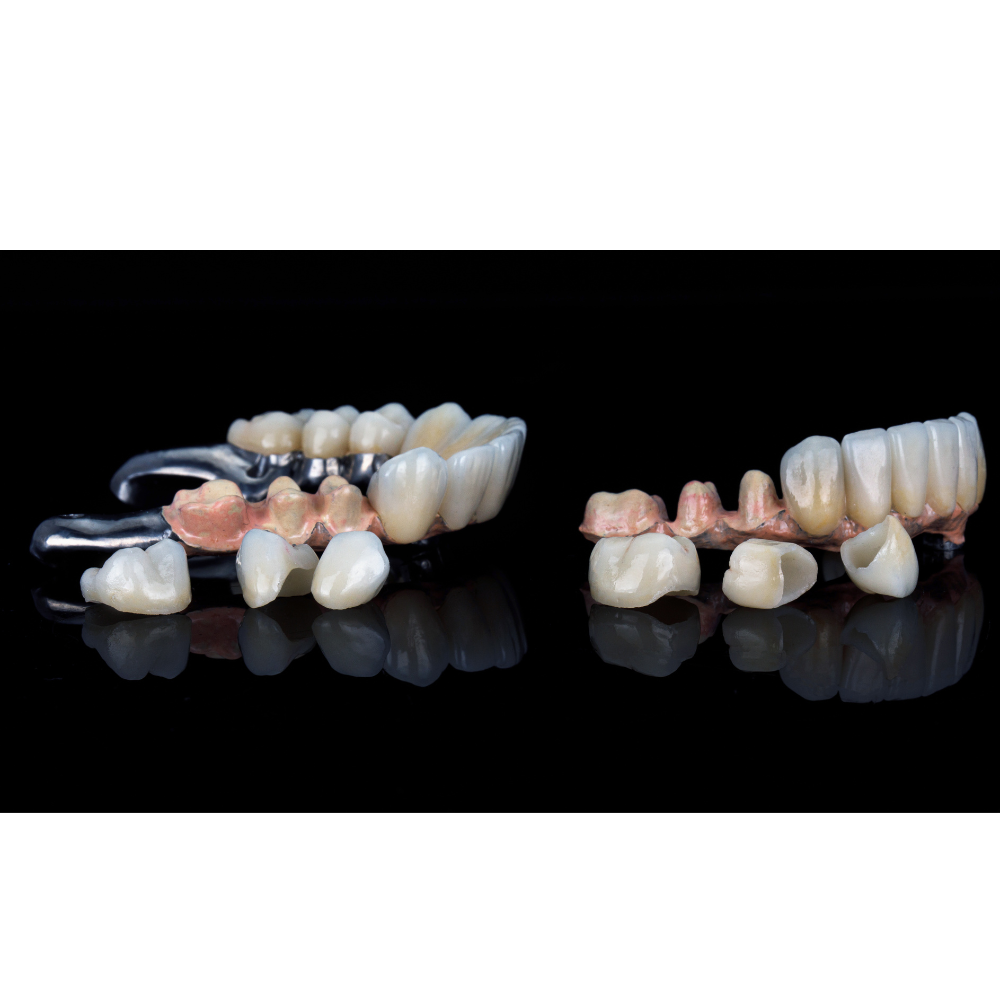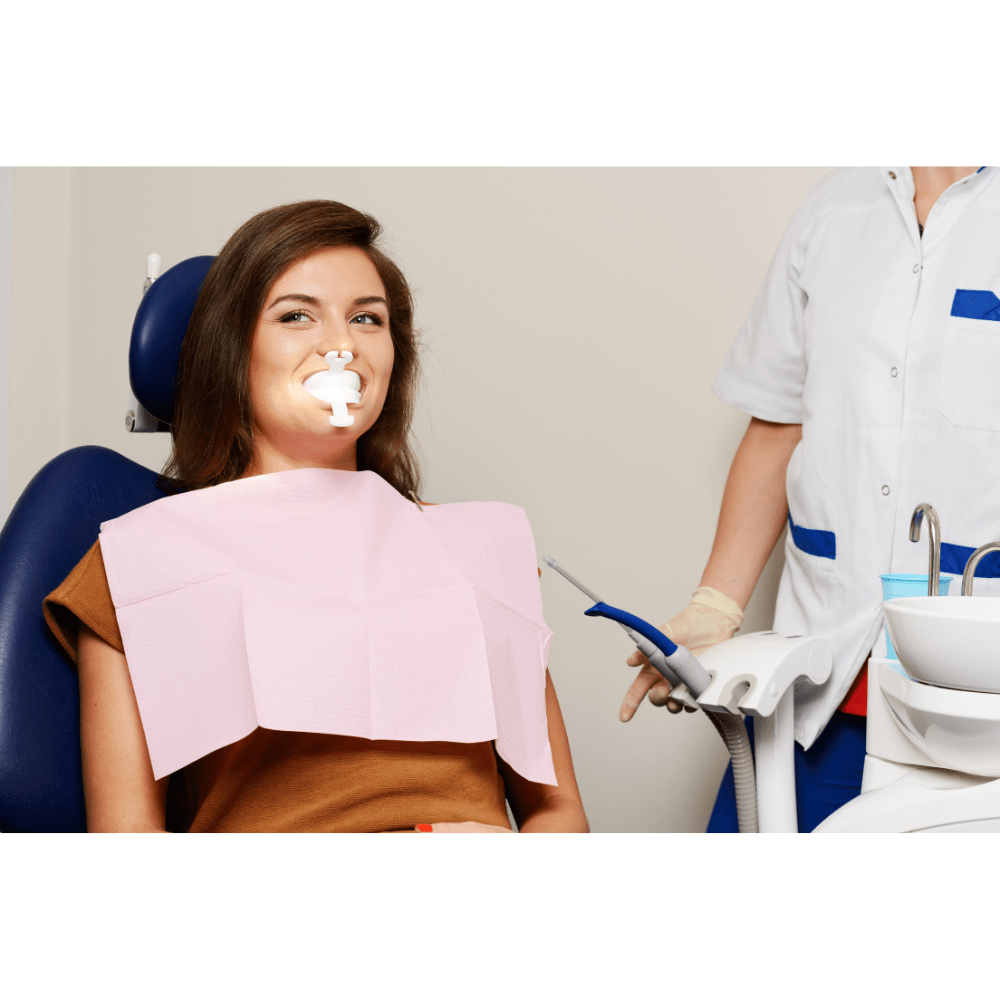What is Dental Irrigation? – Here’s Every Aspect Covered
Dental care has improved with new and exciting methods. One cool thing is called dental irrigation. It’s like a super cleaning power-up for your mouth! Dentists love it because it helps get rid of the sneaky germs that regular brushing and flossing might miss. It’s a great way to keep your whole mouth feeling fresh and healthy.
Here you will get to know the different types of tooth irrigation. We’ll also cover the specific procedures involved. Also, we’ll explore treatment options for gum disease, the types of gingivitis irrigation, and how you can perform it at home.
Types Of Irrigation Teeth Cleaning
Dental irrigation primarily involves the following two main types:
1. Gum Irrigation:
Gum irrigation focuses on cleaning the gum pockets to remove plaque and bacteria. It is especially useful for individuals with periodontal disease or those who are prone to gum inflammation.
2. Oral Irrigation:
Oral Irrigation is also known as water flossing, this method uses a stream of pulsating water to clean between the teeth and below the gum line. This involves teeth flushing where water or an antimicrobial solution is used to flush out food particles, debris, and bacteria from around the teeth and gums.
The Dental Irrigation Procedures
Here are some of the main professional dental irrigation procedures:
Supragingival Irrigation:
This procedure involves directing a stream of water above the gum line to remove plaque and food particles. It is often used to reduce gingival inflammation and maintain periodontal health.
Subgingival Irrigation:
Subgingival Irrigation is also known as gingival irrigation and gingivitis irrigation. This method targets areas below the gum line, using a specialized tip to deliver the irrigant deep into periodontal pockets. It is particularly effective for patients with periodontal disease, as it helps eliminate bacteria and debris that brushing and flossing may miss.
Dental Pocket Cleaning:
Pocket irrigation uses a strong water jet to flush out plaque and tartar from periodontal pockets. It is often performed alongside deep cleaning or pocket reduction surgery. This procedure not only cleans the pockets but also helps deliver antibacterial agents to prevent future infections.
Antibacterial Irrigation Treatment:
During this procedure, an antibacterial solution is used to irrigate periodontal pockets and other areas of the mouth. This helps reduce bacterial load and promotes healing in areas affected by periodontal disease.
Scaling and Root Planing with Irrigation:
Combined with deep cleaning, irrigation helps remove plaque and tartar from the roots of teeth, followed by flushing the pockets with an antibacterial solution to enhance the cleaning effect and promote healing.

How Can I Do Dental Irrigation at Home?
Water Flossing:
Brands like Waterpik offer popular oral irrigation devices for water flossing. Fill the reservoir with warm water, place the tip in your mouth, and aim at the gumline. Water flossers can remove debris and plaque from between teeth and under the gumline. This is recommended once daily, ideally before bedtime.
Hydrogen Peroxide Rinse:
Use a mixture of equal parts water and 3% hydrogen peroxide. Rinse your mouth with the solution for 30 seconds, then spit it out. Do not swallow hydrogen peroxide. Overuse can irritate the gums.
Chlorhexidine Mouthwash:
Chlorhexidine mouthwash is often prescribed by dentists for gingivitis. Swish 15 ml of this mouthwash around your mouth for 30 seconds, then spit it out. Follow the dentist’s recommendations, typically twice a day.
FAQs
Is dental irrigation worth it?
It can be a valuable tool for oral hygiene, but it’s not a guaranteed necessity for everyone.
Do Oral Irrigators Work?
Yes, oral irrigators work to a certain extent. They can be effective at removing plaque and debris, especially from areas between teeth. They may not be as effective as flossing in all areas but can be a good alternative for people who find flossing difficult.
Can irrigation cause a dry socket?
No, dry socket is a painful condition that can occur after a tooth extraction. It happens when the blood clot protecting the extraction site gets dislodged. Dental irrigation is not recommended immediately after a tooth extraction to avoid disturbing the clot.
Is Antibacterial Irrigation Necessary?
Plain water is generally sufficient for most people using dental irrigators. Antibacterial mouthwashes might offer some additional benefits, but consult your dentist to see if they’re necessary for you.



